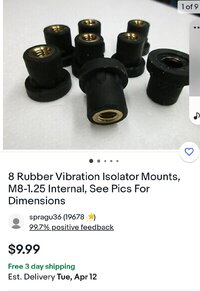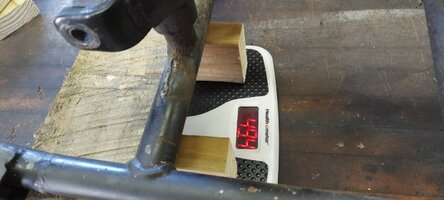Hey
@takehikes .
I'm not certain of the interpretation.
From what I think I've learned from geometry and real world experience it seems that a triangle provides strength. In fact the triangle is the strongest of all geometric shapes. Looking at the front mount (#1 in
@5twins diagram); the top mount (#2 in the diagram); and the top rear mount (#3 in the diagram) and drawing a line between those points you will see a triangle.
The strongest triangle is an equilateral triangle where all side are equal. The triangle observed by connecting those points in the drawing is very close to an equilateral triangle. Not precise but measuring those legs show it is close enough.
That would be an indication to me of triangulating the frame for strength.
Utilizing the front mount, the rear mount, and the lower mount (1,3,5) also makes a triangle.
However the triangle formed is not as strong and would appear to my (no degree in engineering) eyes to have less effect on the frame rigidity.
As you said, there are two different issues that are affected by these choices.
Those that influence frame rigidity and those that are required for the motor to be solidly mounted.
Optimally there will be a marriage between the two. I would love to see some testing with vibration measurements (using an app that utilizes a smart phone's accelerometer) but unfortunately I can't take them. Although my initial intent was to take these measurements before and after modifications; the new direction I am pursuing (Trigg's Ascott style mods) will require too much frame modification for that to be possible. I will still do the after testing but those numbers will not be comparable.
Perhaps I can get some numbers from the sample size at the Ozark rally if the members are willing. That would be optimum as all the data would be taken across a spectrum of bikes with the same device. These measurements would be in the existing setup of each individual bike. No modifications or removal of bolts.
As is with whatever countermeasures are or are not being employed by the owner.
We will see.



